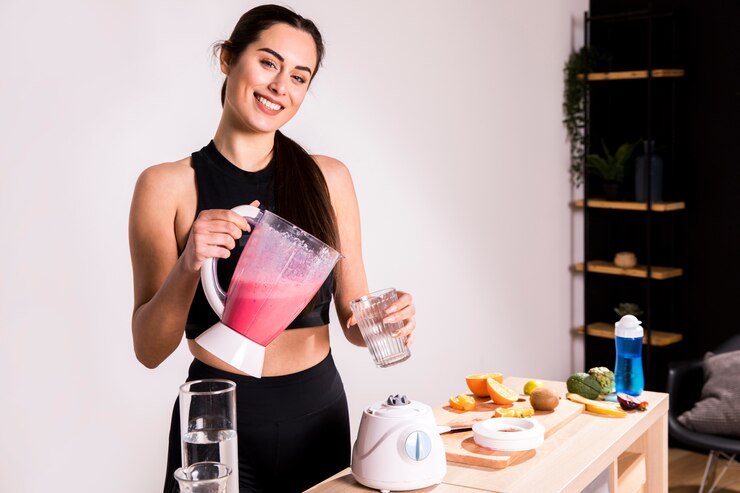In the quest for better health, more energy, and a lighter body, many people turn to the juice diet. It’s a popular way to reset your system, improve digestion, and flood your body with vitamins and nutrients. But what exactly is a juice diet, and is it right for you?
In this guide, we’ll explore the basics of the juice diet, its benefits, how to do it safely, and tips to make the most out of your juicing experience.
What Is a Juice Diet?
A juice diet is a meal plan where most or all solid foods are replaced with fresh fruit and vegetable juices. These juices are typically made using a juicer or high-powered blender and are consumed throughout the day. Depending on your goals, a juice diet can last from one day to several days.
People choose a juice diet for various reasons—to detox, lose weight, improve digestion, or simply get back on track with healthier eating habits.
Benefits of a Juice Diet
When done correctly, a juice diet can offer several health benefits.:
- Increases Nutrient Intake
Juicing allows you to consume a large amount of fruits and vegetables in a single glass. This helps boost your intake of essential nutrients like vitamins A, C, and K, as well as minerals such as potassium and magnesium.
- Improves Digestion
By giving your digestive system a break from solid food, a juice diet may help reduce bloating and improve gut health. Many people report feeling lighter and more energized after just a few days on the plan.
- Supports Weight Loss
Since juice diets are generally low in calories and free from processed foods, they can help with short-term weight loss.
- Detoxifies the Body
While the body naturally detoxifies itself through the liver and kidneys, drinking fresh juice provides additional antioxidants and enzymes that support this process.

How to Start a Juice Diet?
Starting a juice diet doesn’t have to be complicated. Here’s a simple approach:
Step 1: Plan Ahead
Decide how many days you want to follow the juice diet. For beginners, starting with a one- or three-day plan is a good idea. Make sure to clear your schedule of social events or intense physical activity.
Step 2: Choose Your Ingredients
Add fruits like apples, oranges, and berries to improve taste and boost vitamin content. Fresh ginger, lemon, and mint are also great for flavor and digestion.
Step 3: Make Your Juice
You can use a juicer for a smooth, pulp-free drink or a blender if you prefer more fiber. Aim to drink 4–6 juices per day, with each glass about 12–16 ounces.
Tips for a Successful Juice Diet
- Listen to your body: If you feel overly tired, dizzy, or unwell, consider ending the juice diet early or adding a light meal.
- Avoid added sugars: Stick to fresh, whole fruits and vegetables only.
- Prepare mentally: The first day is often the hardest, especially if you’re used to coffee or sugar. Stay focused on your goal.
Is a Juice Diet Right for Everyone?
A juice diet can be a great way to reset your habits and boost your intake of vitamins and minerals. However, it’s not ideal for everyone. People with diabetes, low blood pressure, or certain medical conditions should consult a healthcare professional before starting.
Juice diets should also not be viewed as long-term solutions. While they can be helpful for short periods, your body needs protein, healthy fats, and fiber for sustainable health.
Final Thoughts
A juice diet is a powerful tool to cleanse your system, gain mental clarity, and start fresh with your eating habits. When done mindfully, it can help you reconnect with your health goals and feel more in tune with your body.
As with any diet, balance is key. Use your juice diet as a starting point—not a quick fix—and follow it up with a well-rounded eating plan that includes all the food groups.
Refresh your body, recharge your mind—one sip at a time.


Leave a Reply